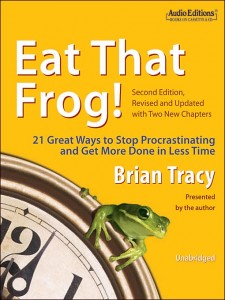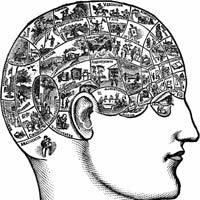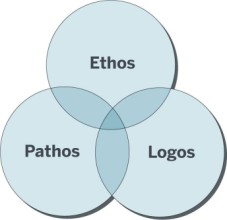Physical arousal linked to increased sharing
 The answer to the question “What do you do when physically aroused?” is that you probably share.
The answer to the question “What do you do when physically aroused?” is that you probably share.
By sharing, I mean the stories, news and information that people share with others around them.
According to this fascinating article published in Psychological Science:
We forward online articles to our friends, share stories with our co-workers at the water cooler, and pass along rumors to our neighbors. Such social transmission has been going on for thousands of years, and the advent of social technologies like texting, Facebook, and other social media sites has only made it faster and easier to share content with others. But why is certain content shared more than others and what drives people to share?
Jonah Berger, the author of the study:
The sharing of stories or information may be driven in part by arousal. When people are physiologically aroused, whether due to emotional stimuli or otherwise, the autonomic nervous is activated, which then boosts social transmission. Simply put, evoking certain emotions can help increase the chance a message is shared.
Jonah Berger is also the author of the captivating book Contagious: Why Things Catch On and that’s how I heard of his theory. In both the book and the article he explains how his study was conducted. He and his team of researchers looked at a large number of New York Times articles and whether they made the “most emailed” list, which is a good measurement of the article virality.
What they found is that while article evoking positive emotion were typically more viral, some negative emotions like anxiety and anger actually increased transmission while other like sadness decreased it. Berger posits that fear, anger or amusement leads people to share new and information more. These emotions are linked to higher level of arousal and action vs. emotions like sadness or contentment which lead to low arousal and inaction. If something makes you angry (vs. sad) you are more likely to share it with your friends and family because you are “fired up”.
With the emergence and the importance of social media these days, companies and organizations must understand why people talk about and share certain things.
Berger and his team conducted two experiments to confirm their theory. In one experiment they asked students to watch videos that made them either anxious or amused (high arousal), or sad or content (low arousal). The results demonstrated that students who felt high arousal emotions were much more likely to share with others.
In the second experiment, students were asked to sit still or to jog for about a minute – a task proven to increase arousal. Then, they were shown a neutral online new article and told they could email it to anyone. The experiment showed that the students who jogged in place were more likely to share.
Why should companies/associations care about that research?
Berger states that the implications of his study are quite broad:
People’s behavior is heavily influenced by what others say and do. Whether you are a company trying to get people to talk more about your brand, or a public health organization trying to get people to spread your healthy eating message, these results provide insight into how to design more effective messages and communication strategies.
We knew about “don’t drink and drive”, and now we should probably be cognizant of “don’t jog and share”.
Practice safe sharing!
[Photo Credit: close-up photo of my wife‘s beautiful left eye]








